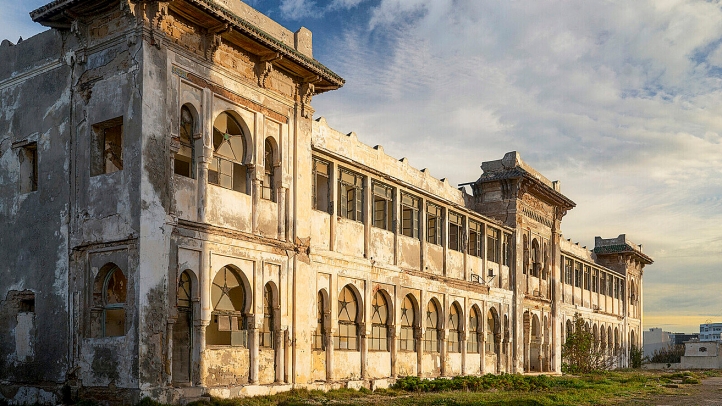The Palace by the Sea, Reimagined: The History of Four Seasons Hotel Rabat at Kasr Al Bahr






Originally built in the 18th century as a summer residence for Sultan Moulay Slimane, Kasr Al Bahr — “the Palace by the Sea” — has become an iconic landmark in Morocco’s capital city. From its perch overlooking the glittering Atlantic Ocean, the sprawling complex has played a vital role in Rabat’s rich history as a royal residence and a famed military hospital. Today, it’s home to Four Seasons Hotel Rabat at Kasr Al Bahr, ushering in a new era of modern luxury and glamour. Embark on a journey of discoveries in the history of this magnificent Palace.
History of the Hotel
Kasr Al Bahr was built by Sultan Moulay Slimane between 1792 and 1799, as his summer residence. It has been transformed in 1912 into Military Hospital Marie Feuillet.
The former military hospital, Marie Feuillet, in Rabat, not only houses a significant part of the history of medicine in Morocco but of history in general. Located in the Ocean neighbourhood, this former hospital was decommissioned in 1999 and has been under ongoing construction to transform it into a luxury hotel.
History of Sultan Moulay Slimane
Sultan Moulay Slimane - Mawlay Sulayman bin Mohammed - born on June 28, 1766 in Tafilalt and died on November 28, 1822 in Marrakech, was a Sultan of Morocco from 1792 to 1822, as a ruler of the 'Alawi dynasty. He was proclaimed sultan after the death of his half-brother al-Yazid. Sultan Moulay Slimane continued his father's centralization and expansion of the kingdom, and most notably ended the piracy that had long operated from Morocco's coast.
History of Marie Feuillet
Born in 1864 in the Ardennes, Marie Feuillet suffered the misfortune of losing her husband in 1892 and, nine years later, her two young daughters to a measles epidemic. This led her to devote herself exclusively to her nursing career. In 1907, she led the first team of nurses from the Union of France at the military hospital in Oran. A year later, she embarked on a mission to provide healthcare training in the remote areas of Morocco, still leading a team of nurses. She spent some time in Casablanca and eventually settled in Rabat.
On August 15, 1912, while on her way to the military hospital in Meknes, she experienced a significant worsening of her illness, typhoid fever. She was hospitalized in Meknes, and three days later, on August 24, 1912, she passed away. In the orders of the day on August 27, 1912, General Lyautey (not yet a Marshal at that time) wrote: "She fell like a soldier at her post of duty."
In October 1912, the military hospital in Rabat, which she had helped establish a year earlier, was renamed Marie-Feuillet Hospital, and Lyautey made it the flagship of military healthcare facilities in North Africa.

Quartier de l’Océan, Rabat, 10 000
Morocco



 @FourSeasonsPR
@FourSeasonsPR